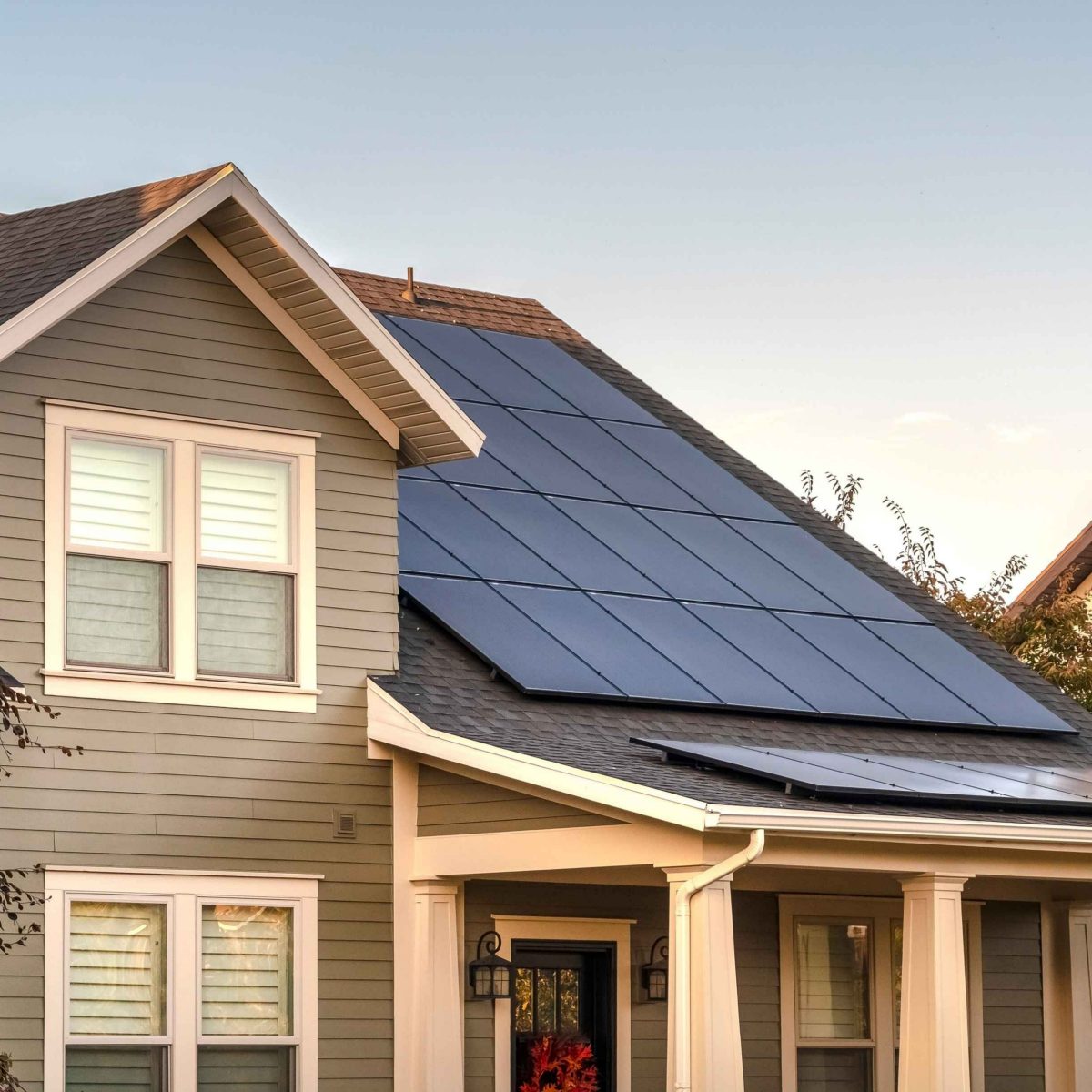
Electrical switchboards for photovoltaic systems: DC side design and protection
Electric switchboards for photovoltaic configurations play a crucial role in protecting the system. Let’s take a look at the regulatory and design aspects of DC side switchboards for photovoltaic systems: string boxes, protection devices, CEI (Comitato Elettrotecnico Italiano [Italian Electrotechnical Commission]) and EN regulations, and sizing criteria for optimal safety and performance in any application context.
Electric switchboards for photovoltaic systems: regulations for the Direct Current side
The installation of photovoltaic panels is included within the unrestricted building works from the 2018 Unrestricted Building Works Glossary. Insofar as it falls under “ordinary maintenance”, no specific permissions or authorisation is required.
The exceptions for which additional permissions are required are regulated by Italian Legislative Decree 42/2004 and Italian Legislative Decree 17/2022, which specify and simplify the installation criteria in areas and buildings subject to landscape and cultural constraints.
The regulations regarding photovoltaic systems include technical, safety and efficiency standards described in CEI 0-16 and CEI 0-21, depending on the voltage level of the mains electricity grid.
CEI 0-16 regulates systems connected to the grid at medium to high voltage.
CEI 0-21 applies to systems connected to the grid at low voltage.
In 2024, Italian Legislative Decree 190/2024 was introduced. This decree is a unified text on renewables that further streamlines the installation procedures for photovoltaic systems and includes even more specific cases within the unrestricted building category.
For the design and installation of low-voltage electrical systems, compliance with CEI 64-8 is mandatory. This standard also outlines provisions regarding the requirements for photovoltaic switchboards.
DC string boxes for the protection of photovoltaic systems
Depending on the type of inverter, power output and characteristics of the individual modules, photovoltaic systems are organised in strings, i.e., a combination of several modules connected in series. The string boxes house devices necessary for protecting the strings, which include isolator switches, surge protectors and overcurrent protection devices, as well as interconnection systems.
These string boxes are positioned between the photovoltaic modules and the inverter, enabling the creation of sub-systems that are standardised for voltage, current rating and number of strings.
The string boxes perform the important function of interrupting the DC current to the inverter in the event of a maintenance intervention or fault. They are available in a wide variety of configurations to meet the requirements of photovoltaic systems of diverse dimensions, from residential to the industrial sector.
Protecting photovoltaic strings from overcurrents and overvoltages
One of the safety functions of the photovoltaic system’s DC switchboard is to protect the photovoltaic strings. However, it also takes care of disconnecting the circuit, protecting the inverter and monitoring the state of the system.
In addition to protecting against overcurrents, overvoltages and short circuits, the string boxes are also able to detect faults and drops in performance, facilitating diagnosis and maintenance work. These must always be compliant with the EN 61439-1 and EN 61439-2 standards for the issue of the product certification.
Design and sizing of electric switchboards in photovoltaic systems: what you need to know
The correct design and sizing of string boxes in photovoltaic systems is crucial for safety, management and distribution of energy, but above all, to guarantee clean energy production in line with ecological transition objectives. For this purpose, there are numerous combinations and sizes that adapt to the specific needs of an installation.
The design of the system, the care taken in its installation, and the correct sizing of the equipment and switchboards to ensure full protection of the system are all fundamental aspects that must be entrusted to specialised technicians, who will take care of maintenance and monitoring over time.
Scopri le Serie correlate
Trending Topics
Show other categories



























